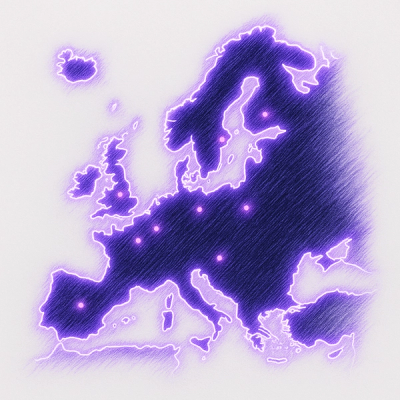@turf/bbox-clip
bboxClip
Takes a Feature and a bbox and clips the feature to the bbox using
lineclip.
May result in degenerate edges when clipping Polygons.
Parameters
Examples
var bbox = [0, 0, 10, 10];
var poly = turf.polygon([[[2, 2], [8, 4], [12, 8], [3, 7], [2, 2]]]);
var clipped = turf.bboxClip(poly, bbox);
var addToMap = [bbox, poly, clipped]
Returns Feature<(LineString | MultiLineString | Polygon | MultiPolygon)> clipped Feature
This module is part of the Turfjs project, an open source module collection dedicated to geographic algorithms. It is maintained in the Turfjs/turf repository, where you can create PRs and issues.
Installation
Install this single module individually:
$ npm install @turf/bbox-clip
Or install the all-encompassing @turf/turf module that includes all modules as functions:
$ npm install @turf/turf



